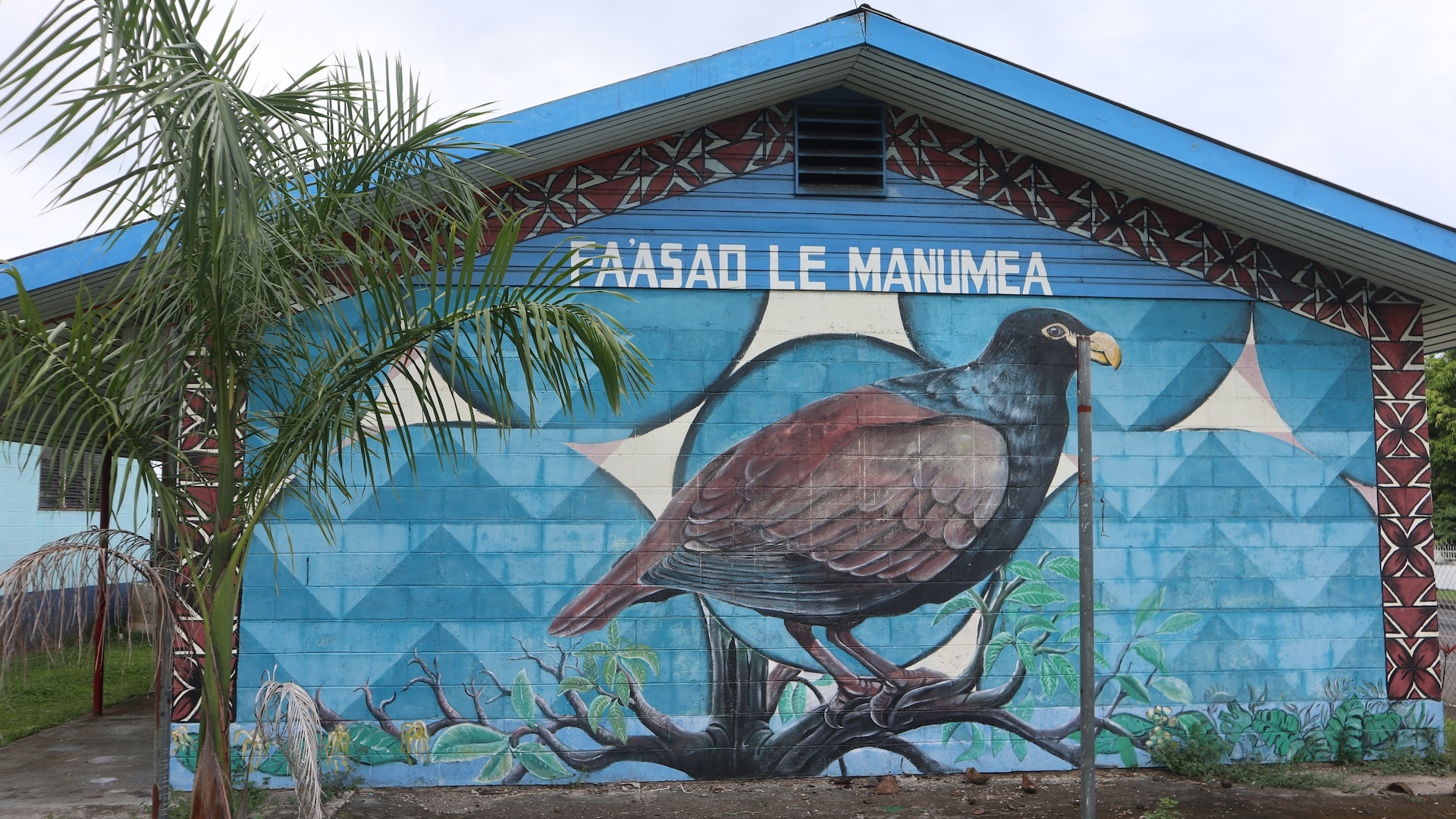On the Hunt: Honeybee Scouts Find Food
Honeybee in flight
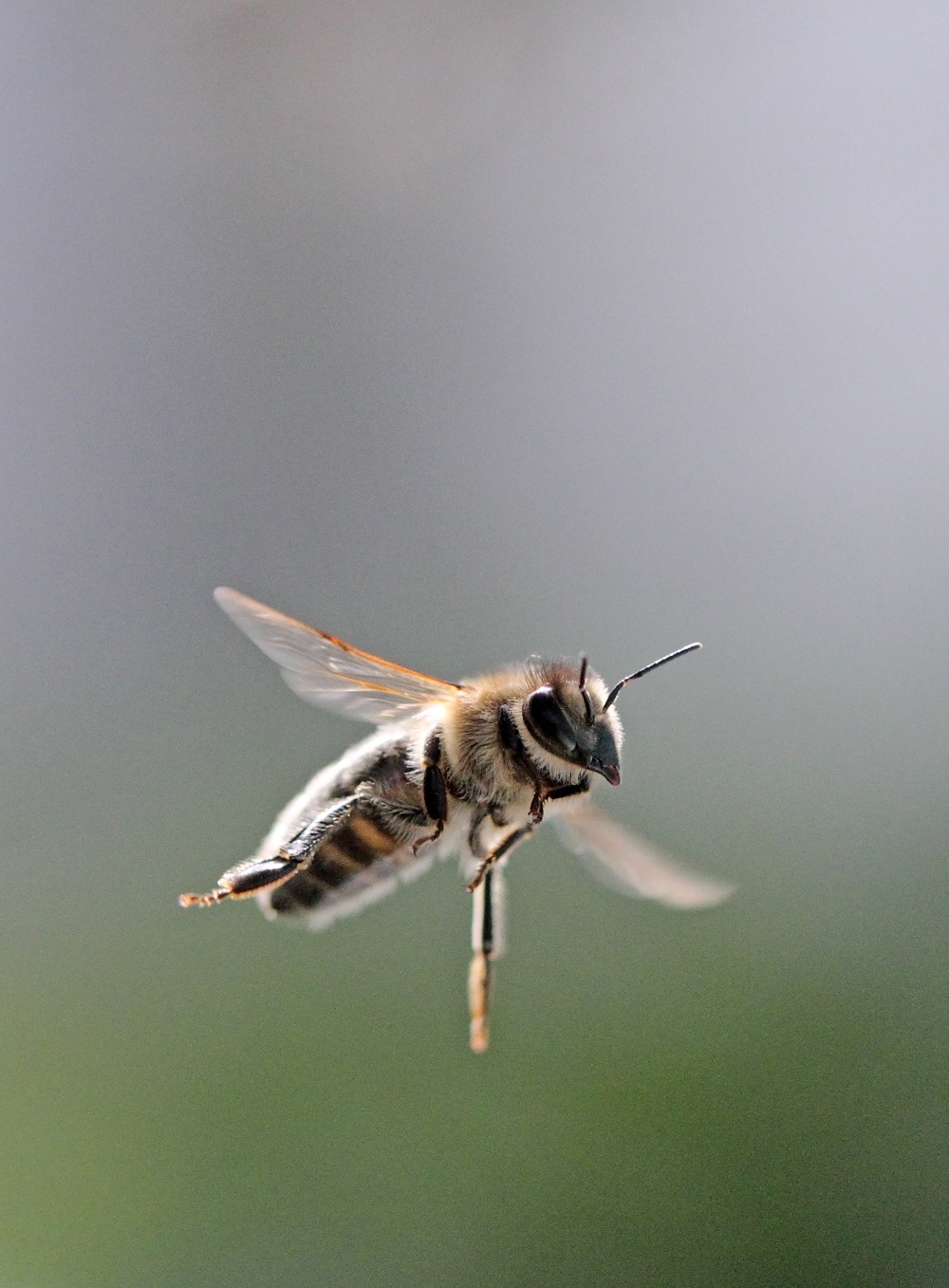
A honeybee returns to her hive in Urbana, Illinois.
Honeybee in flight
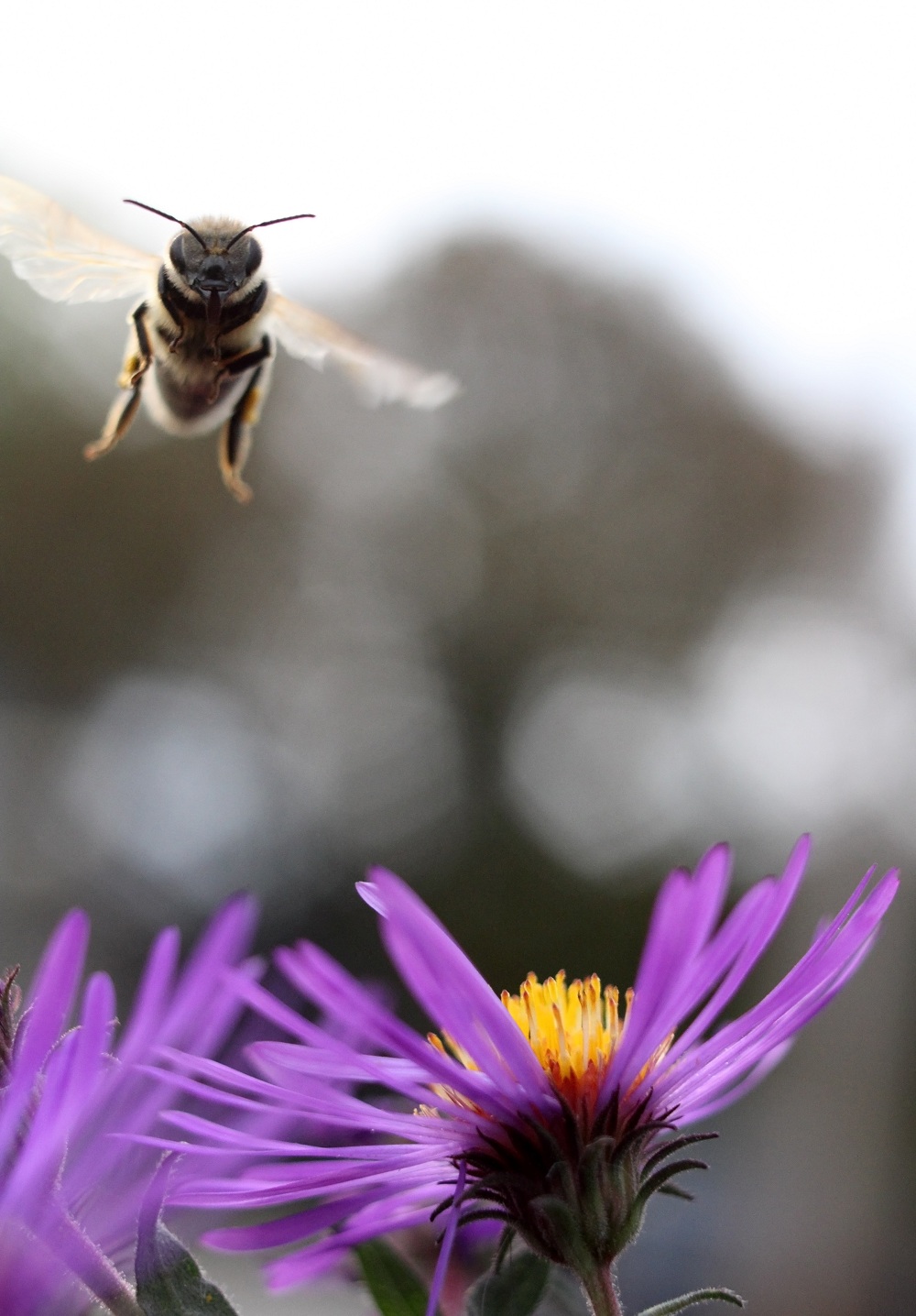
A honeybee forager visits fall asters in Urbana, Illinois
Honeybee on flower
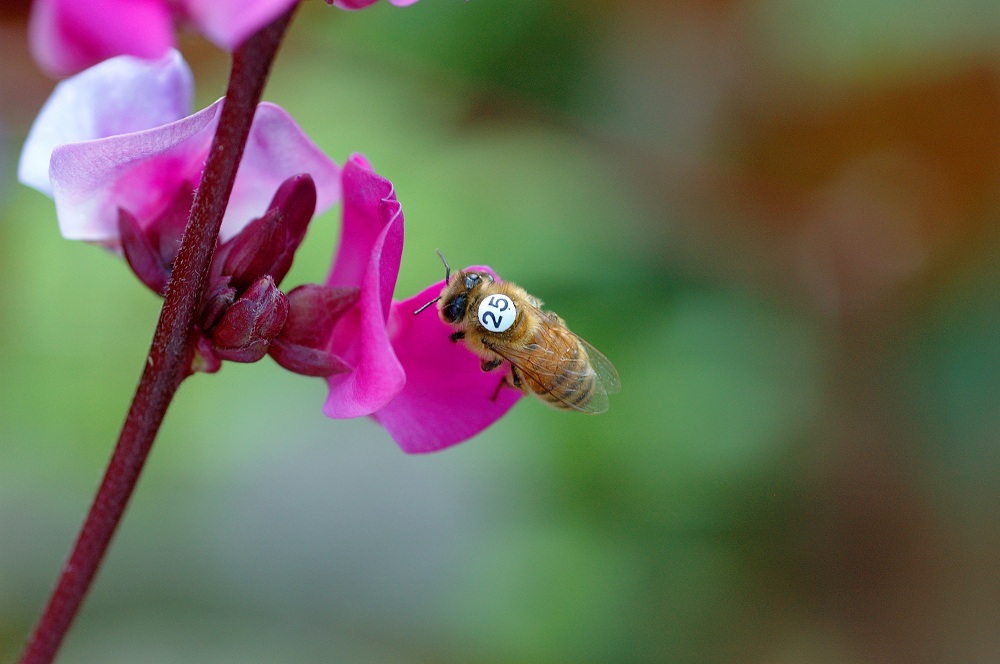
A tagged honeybee scouting a hyacinth bean (Lablab purpureus) flower out.
Honeybee on flower
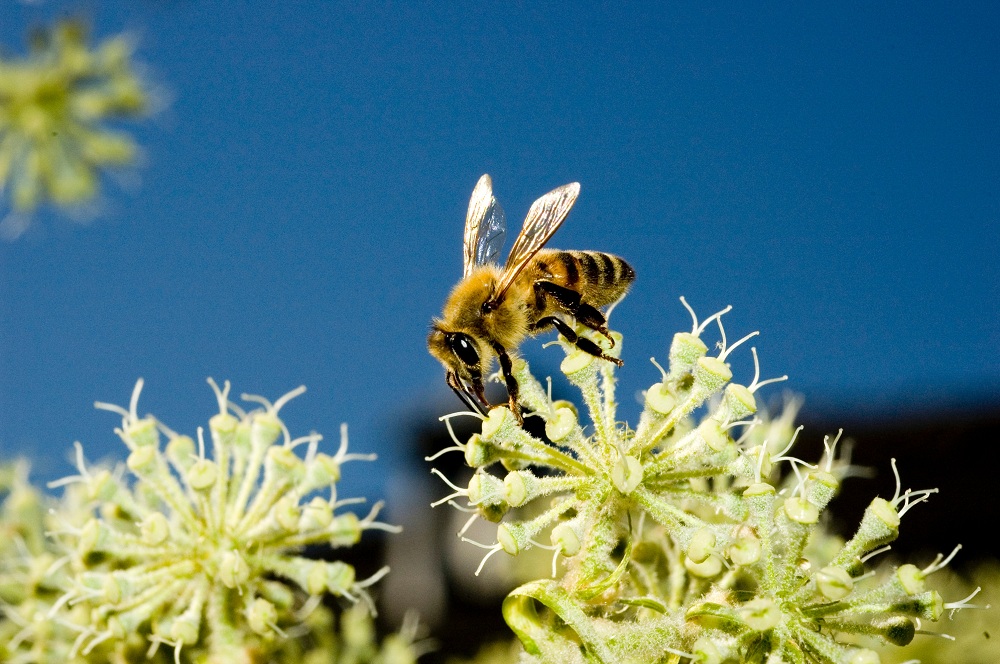
A honeybee scout takes a sample of nectar from a flower.
Honeybee approaches flower
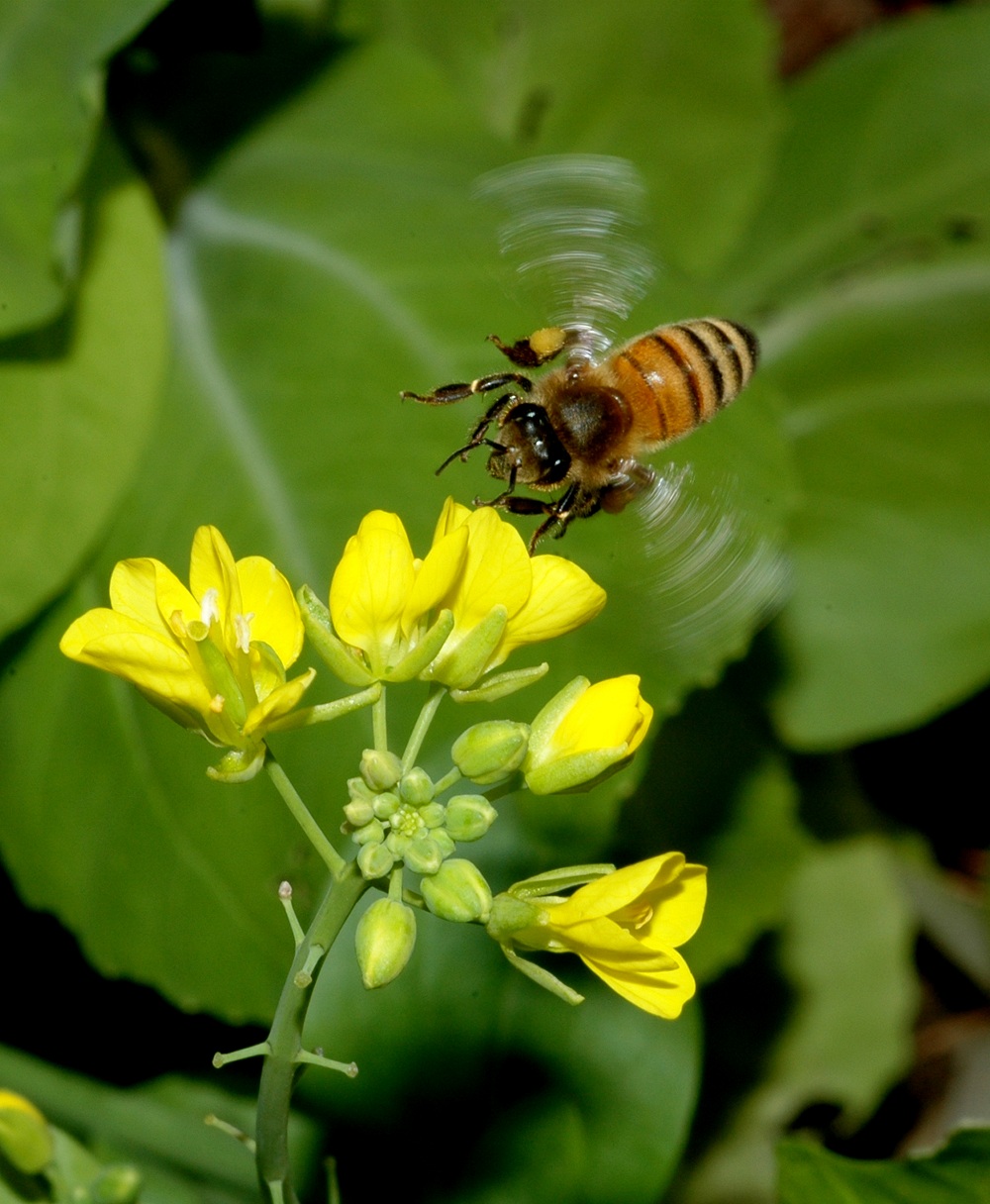
A scout bee approaches Chinese cabbage flowers.
Honeybee on Thistle

A honeybee scout investigates a flower of star thistle.
Honeybee on poppy
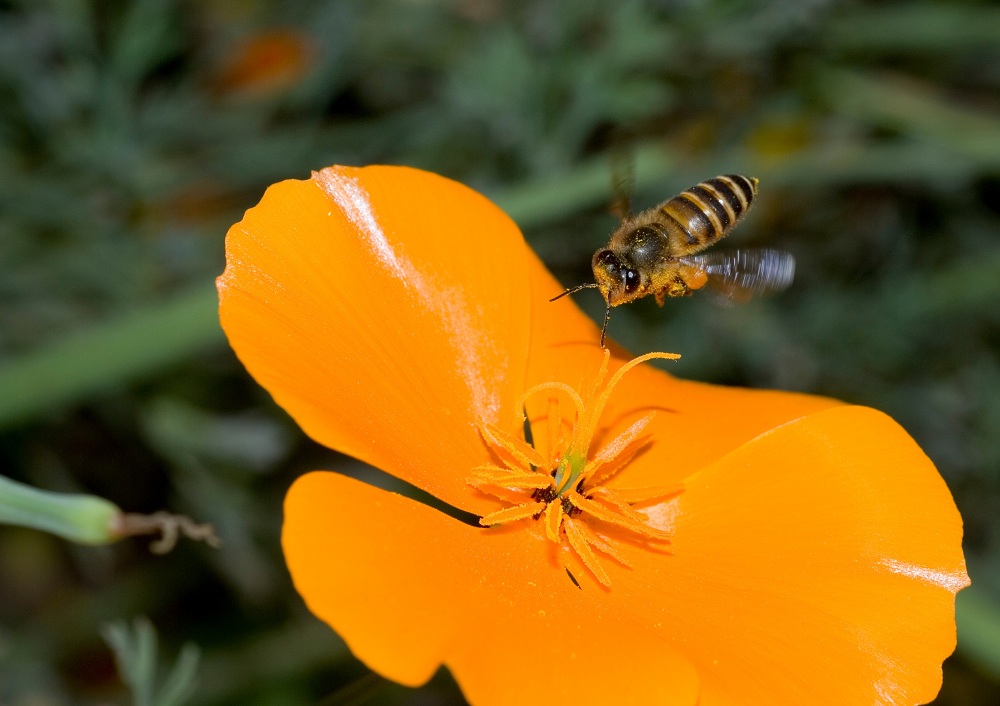
A scout bee approaches a flower of California poppy.
Get the world’s most fascinating discoveries delivered straight to your inbox.
Honeybee in flight
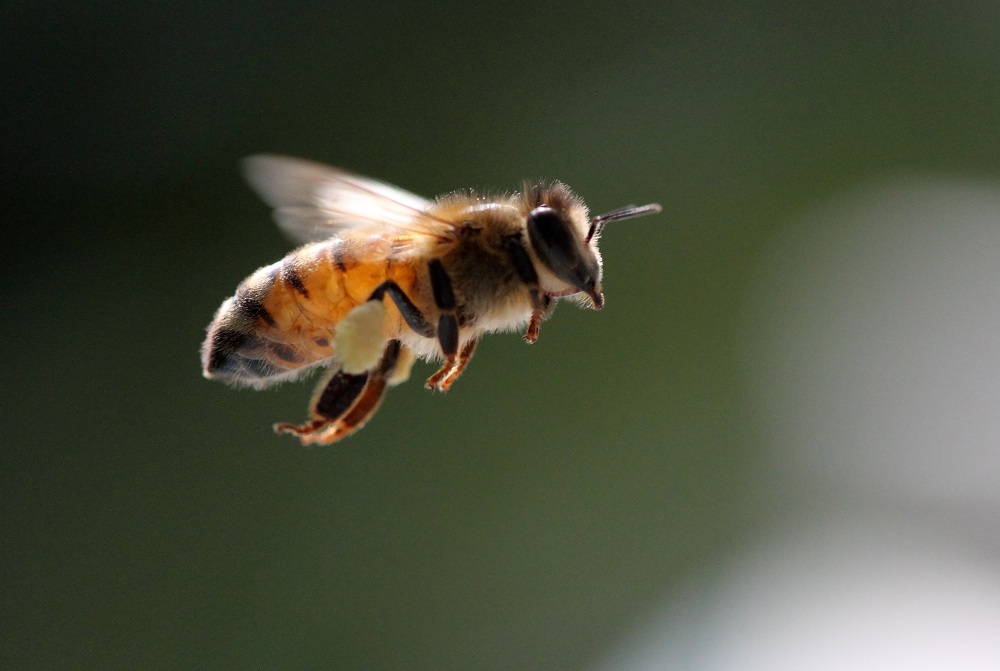
A honeybee returns to her hive in Urbana, Illinois.
honeybees on honeycomb
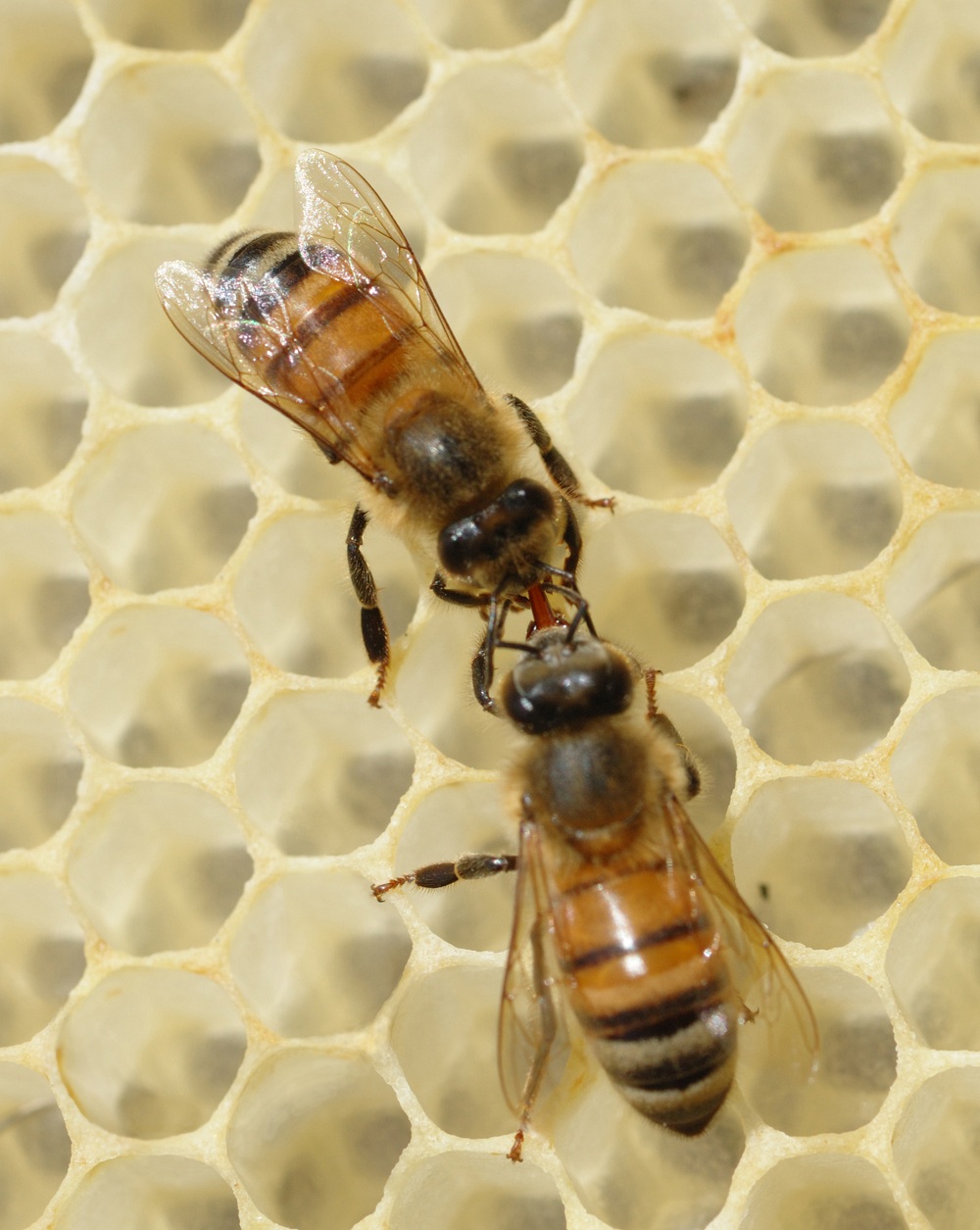
scout bee (top) comes home and shares her findings with another forager.
How to Make Busy Bees Busier
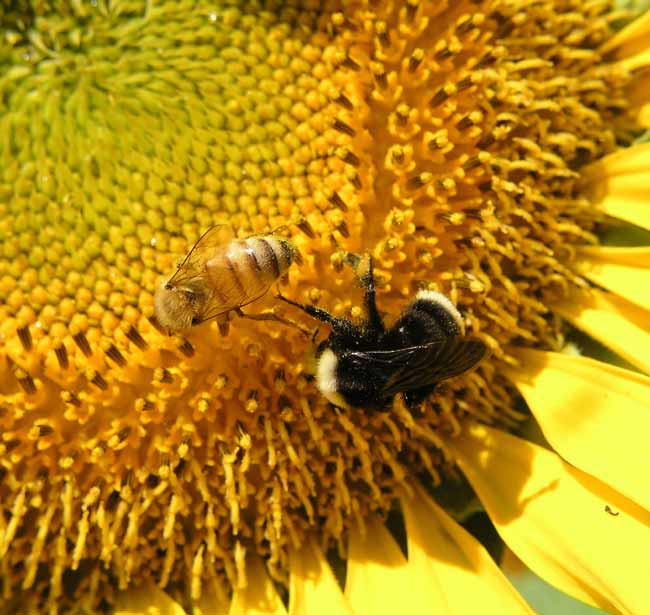
A wild bee (the bumble bee Bombus vosnesenskii) and a honey bee forage together on a sunflower. Honey bees that interact with wild, native bees are up to five times more efficient in pollinating sunflowers.
Wanted: Queen Bee Seeks Harem of Male Dancers
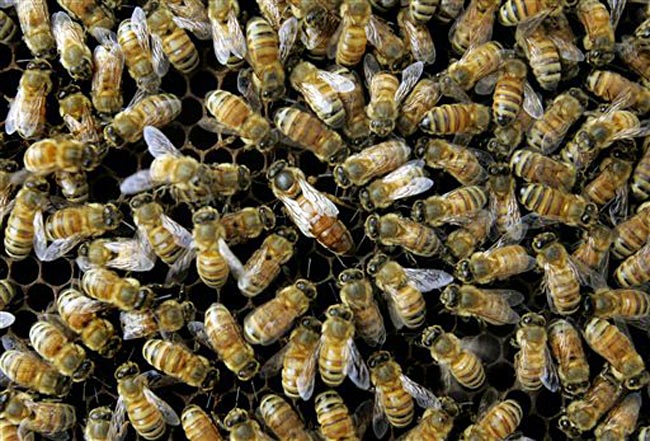
A colony of honeybees. An unknown pathogen is pushing the industrious honeybee to disaster as scientists scurry to figure out what the cause is. Early results of a key study by the USDA and Pennsylvania State University point towards some kind of disease or parasite. About one-third of the human diet comes from insect-pollinated plants and the honeybee is responsible for 80 percent of that pollination, according to the USDA.
Jennifer Welsh is a Connecticut-based science writer and editor and a regular contributor to Live Science. She also has several years of bench work in cancer research and anti-viral drug discovery under her belt. She has previously written for Science News, VerywellHealth, The Scientist, Discover Magazine, WIRED Science, and Business Insider.



